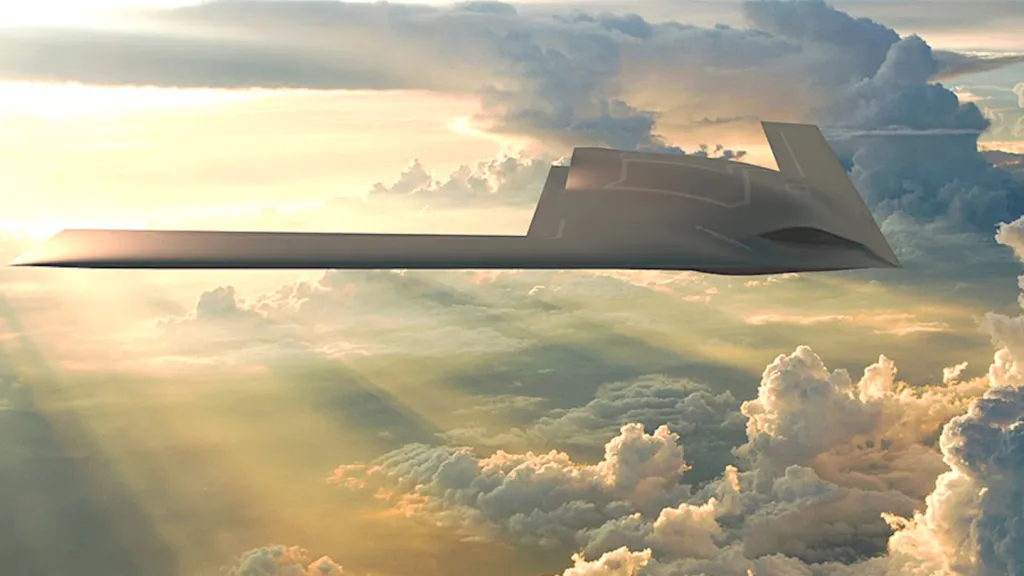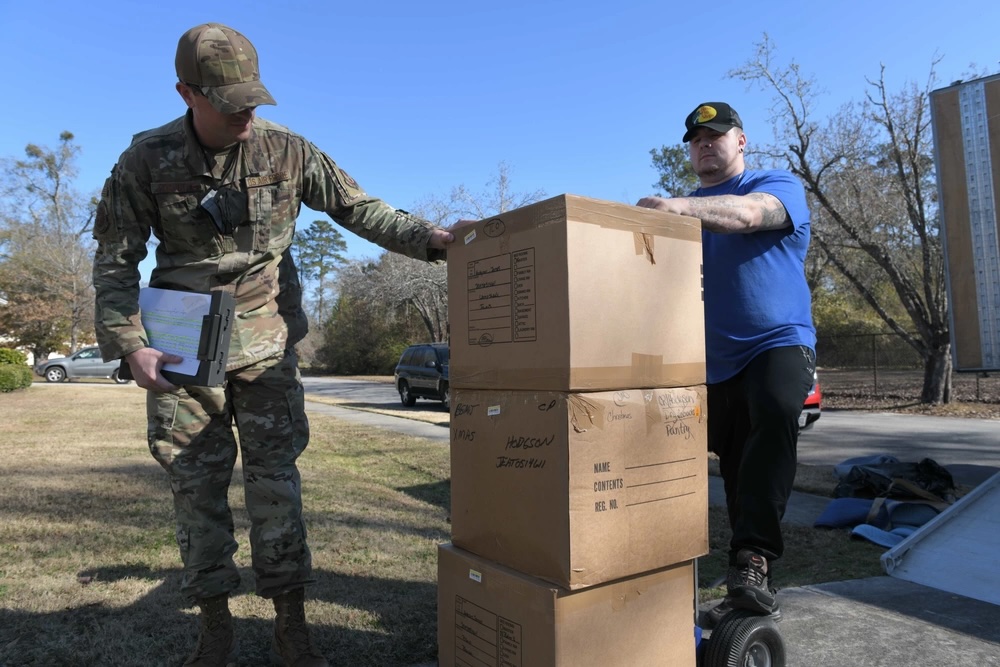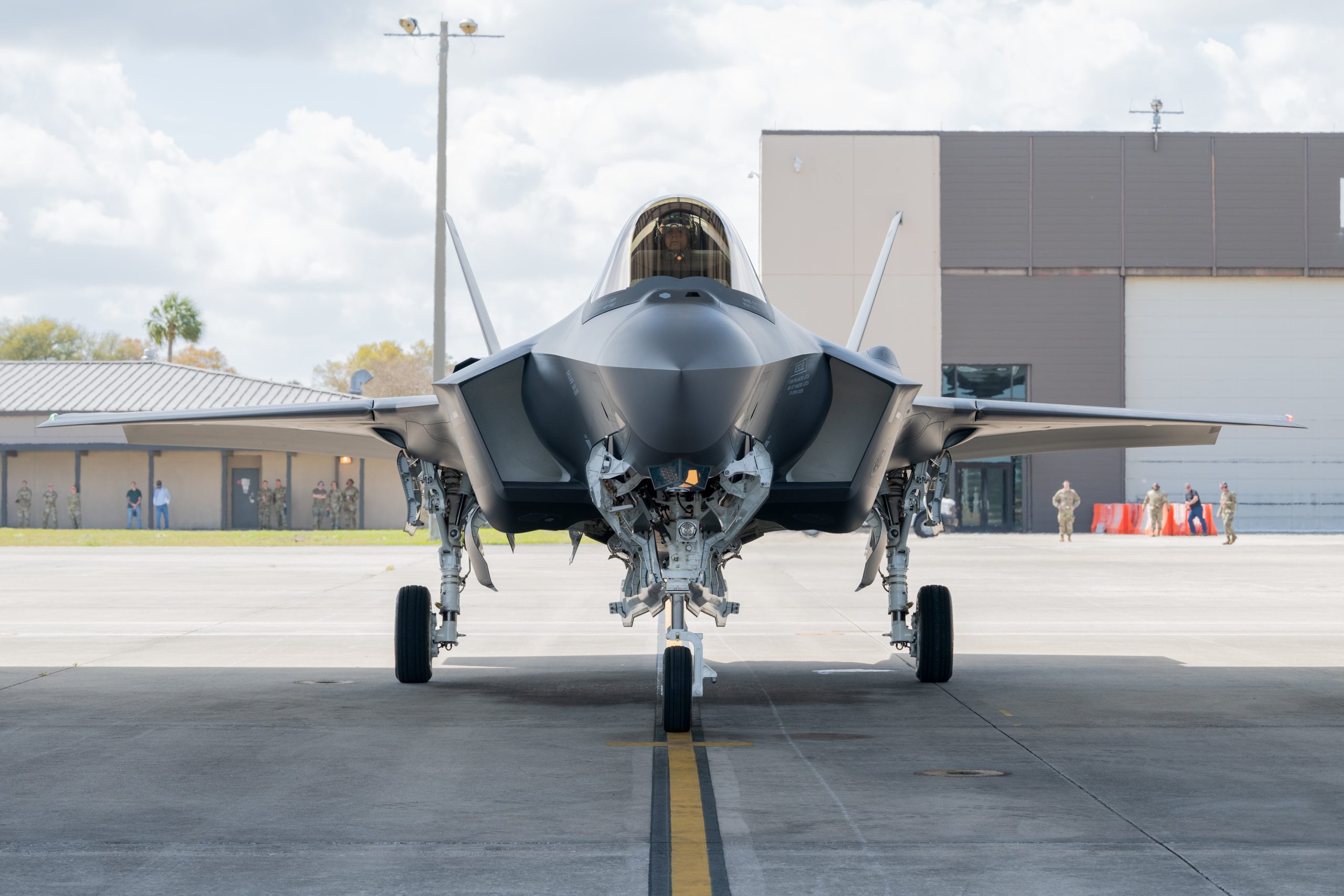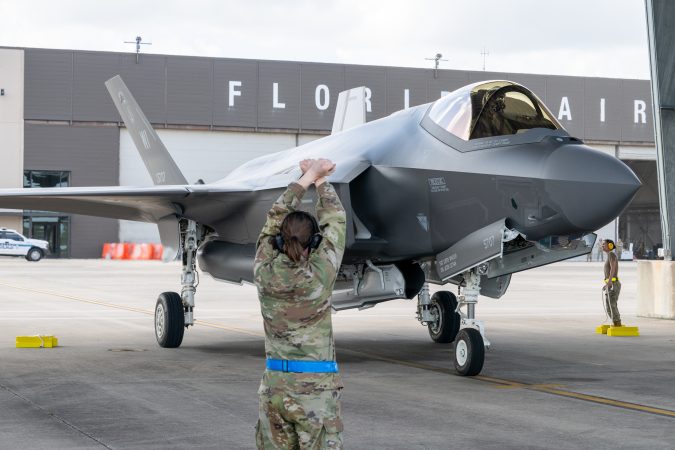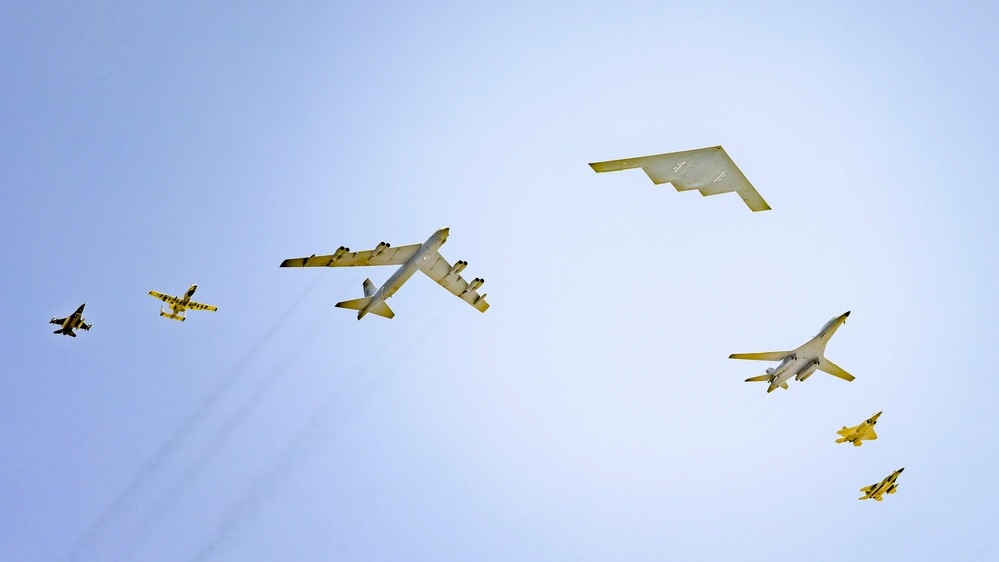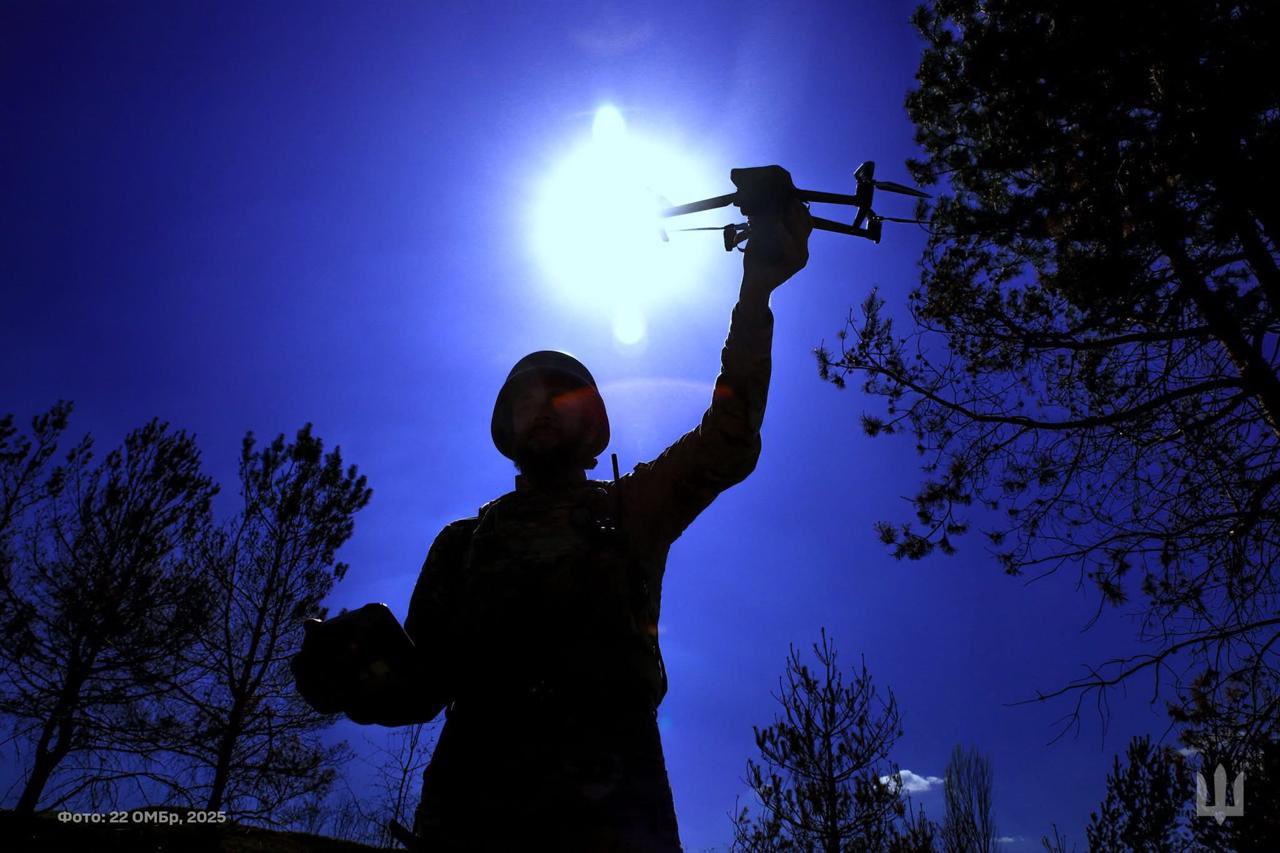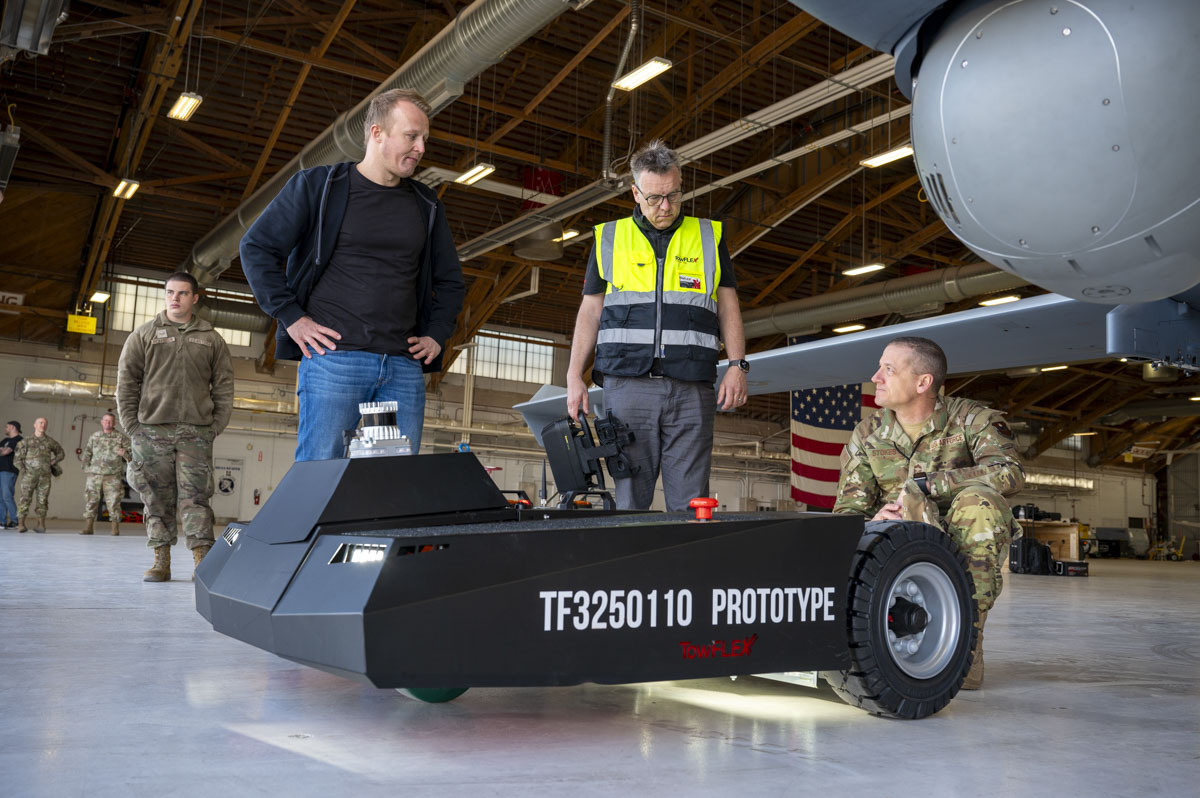The Air Force Academy’s newest graduates endured four years of homework, exams, and military drills. But tougher challenges lie ahead, service leaders told the Class of 2025 at the school’s May 29 commencement ceremony.
The Air Force and Space Force are in the midst of a major transition that requires tenacity and innovation from even their youngest officers, Air Force Secretary Troy E. Meink told roughly 900 graduates assembled at Falcon Stadium. Meink’s commencement speech marked his first major address to the force since becoming its top civilian on May 16.
The new Airmen and Guardians must turn their attention from America’s yearslong wars in Afghanistan, Iraq, and Syria to instead challenge China’s bid for dominance in the Pacific, Meink said. The U.S. military’s shift toward competition with other world powers has prompted a scramble to develop weapons that are stealthier, faster, and more resilient, as well as combat tactics geared toward flexibility and deception.
“The Indo-Pacific will be your generation’s fight,” Meink said. “You will deliver the most lethal force that this nation has ever existed, or we will not succeed.”
Changing geopolitics and new leadership have also led the Colorado Springs academy to rethink how it readies students for military careers. For the first time, USAFA tested students across the cadet wing on ground combat skills like land navigation and convoy operations in one three-day field exercise each semester.
“This is just the beginning,” said Superintendent Lt. Gen. Tony Bauernfeind, who previously oversaw similar training as the head of Air Force Special Operations Command. “You need to keep the momentum as you lead in our rapidly changing geopolitical landscape.”
“Many of you have come a long way from arriving in flip-flops, showing up without paperwork, or packing like you were going on a European vacation,” he joked. “But today you are our warrior leaders ready to lead in our Air Force and our Space Force.”
Most USAFA graduates will commission as second lieutenants in the Air Force and Space Force. Graduates must spend at least eight years in uniform in exchange for their education; those who become pilots owe the Air Force at least a decade of service.
Of the 1,113 cadets who were inducted into the Class of 2025 four years ago, 909 were expected to graduate, according to numbers provided to the Colorado Springs Gazette. The academy did not immediately respond to Air & Space Forces Magazine’s request for comment.
Nearly half of the graduates are headed to pilot training, while another 93 will join the Space Force, according to the Gazette. Women comprise about one-third of the graduating class, as do members of ethnic and racial minorities. Fourteen cadets hail from other countries.
“Our future demands your continued critical thought,” Bauernfeind said. “I am exceptionally proud of your hard work and your perseverance. But there are challenges ahead, and you must be prepared.”
The USAFA community is navigating other possible changes as the school year comes to a close. The Gazette reported in April that Bauernfeind has considered cutting civilian faculty positions to rein in the school’s spending, prompting concerns about the future of USAFA’s popular engineering program. Failing to replace those employees could lead the school to cut some majors, the Gazette reported.
Bauernfeind pushed back, saying in a public letter that he has not directed any change to academic majors but that the school “must prepare to operate in a new fiscal environment.”

